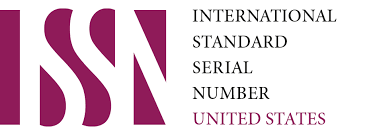Linguacultural Features of Command and Interrogative Constructions in Uzbek and English
Keywords:
Uzbek language, English language, command constructionsAbstract
This article analyzes the linguistic and cultural characteristics of command and interrogative constructions in Uzbek and English. The use of politeness markers, modal verbs, indirect questions, and tag questions reveals the cultural differences in the importance of politeness, directness, and indirectness. Understanding these linguistic and cultural differences is crucial for effective cross-cultural communication and building cultural competence
References
The "Ўzbekiston Respublikasi Presidency 2017 yil February 7, "O‘zbekistonRespublikasi yanada rivozhlantirish bujicha Ҳarakatlar strategasi tujrisida" 4947-son // Ma'rifat, 2017 yil, February 8. № 11 (8972)
telia, V.N . Cultural and national connotations of phraseological expressions (fromworldview to world understanding). // Slavic Linguistics. XI International Congress of Slavic Studies. Moscow: Nauka. 1993.
Maslova, V. A. Linguoculturology / V. A. Maslova. - М., 2004. - 204 с.
Raҳmatullaev, Sh. Ўzbektilinginng kisqaetimologiklugaati / Sh. Raҳmatullaev. - Т.,2003. - 485 б.
Translated with www.DeepL.com/Translator (free version).
Downloads
Published
Issue
Section
License

This work is licensed under a Creative Commons Attribution 4.0 International License.
User Rights
Under the Creative Commons Attribution-NonCommercial 4.0 International (CC-BY-NC), the author (s) and users are free to share (copy, distribute and transmit the contribution).
Rights of Authors
Authors retain the following rights:
1. Copyright and other proprietary rights relating to the article, such as patent rights,
2. the right to use the substance of the article in future works, including lectures and books,
3. the right to reproduce the article for own purposes, provided the copies are not offered for sale,
4. the right to self-archive the article.












